Sip Smart: Unveiling Healthy Secrets Behind BC Wine
BC’s wine country is a treasure trove of unique flavours and varietals, reflecting the diverse terroirs that characterize the region. From the lush vineyards of the Okanagan Valley to the crisp coastal wineries of Vancouver Island, each bottle tells a story of the land it comes from. By embracing local wines, we not only support our regional economy, but we also connect with the essence of the locale. Here lies an opportunity to learn, reflect, and enjoy the land and the people who make this possible.
Wine has long been associated with the finer things in life, and when approached mindfully, it can be a delightful addition to a healthy diet and lifestyle. Research suggests that moderate wine consumption is linked to various health benefits, including improved heart health, reduced blood pressure, and relaxation of the mind. However, the key lies in moderation.
Can we align enjoying wine and attaining our health goals?
To strike a balance between your overall nutrition objectives and savouring the flavour and experience of enjoying our local BC wines, choose wines which are not only delicious but also align with your health goals such as being lower in sugar and in calories, free from additives, and crafted with a focus on purity.
While enjoying your wine, consider ways to maintain a sense of balance within your diet. Here are five practical tips to ensure that wine complements, rather than disrupts, your healthy lifestyle:
- Portion Control: Treat wine like a condiment rather than a main course. Stick to moderate servings, typically defined as one glass (5 ounces) per day for women and up to two glasses for men. Visit TheRightAmount.ca for a helpful standard drink calculator.
- Hydration is Key: Alternate each glass of wine with a glass of water to stay hydrated. If you yearn for something comforting and warm during the winter months, I enjoy a cup of herbal tea. This not only helps mitigate the dehydrating effects of alcohol, slows your alcohol intake versus consuming glass after glass of wine, and promotes a sense of fullness to reduce overall caloric intake.
- Pair Thoughtfully: Choose food pairings that enhance the overall dining experience and slow down the pace of consumption. See below for some pairing tips during this season.
- Choose Quality Over Quantity: Invest in premium wines with distinct flavours rather than opting for quantity. This not only promotes mindful sipping but enhances the overall enjoyment of the experience when you can be present and thoughtful of your choice.
- Plan for Physical Activity: A night of eating and enjoying wine can extend for hours and does not bode well for your body or your mind. Schedule wine consumption around your physical activity routine. A post-dinner stroll or a morning yoga session can help offset the calories and contribute to overall well-being. I recommend a 10-minute walk following each meal to help get the body moving and using carbohydrates (a fuel for energy and exercise) enjoyed at the meal. Without this movement, the excess energy consumed will be stored as fuel for later use (i.e., fat) while a walk will help you feel energized rather than lethargic after eating.
Are there health benefits to a glass of wine?
Alcohol abuse has clear harmful effects; however, the scientific community has extensive research in the health benefits of light to moderate alcohol consumption. There is a notable difference in the literature with regards to wine consumption versus other types of alcohol. Wine is generally consumed with a meal, sipped slowly, and includes antioxidants and polyphenols which have been shown to improve vascular health. Vascular health not only reduces the risk of cardiovascular events but there is robust evidence linking vascular health to a reduction in cognitive decline and risk of dementia. High doses of the antioxidant and polyphenol – resveratrol have been linked to improvements in longevity and heart health by promoting the dilation of blood vessels, reducing inflammation, and preventing blood clot formation. Additionally, moderate alcohol consumption has been associated with an increase in HDL cholesterol (the good cholesterol). The Mediterranean Diet suggests consumption of wine with a meal. When consuming wine with food, it is sipped slower (compared to other beverages), and the ethanol is absorbed slower which helps with the cleansing process of the liver. It is proposed that the presence of alcohol can enhance the bioavailability of polyphenols (antioxidants) within the foods you are consuming while reducing the glucose (sugar) availability. This can support better blood glucose control and reduce risk of diabetes.
Consuming small to moderate amounts of wine has been suggested to offer stress reduction benefits, contributing to its reputation as a relaxation aid. The alcohol content in wine can have a calming effect on the central nervous system, leading to a temporary decrease in stress and anxiety. Additionally, some studies suggest that certain compounds in wine, such as polyphenols, may have neuroprotective properties that potentially help alleviate stress-related symptoms. Moreover, the act of sipping wine in a mindful and social context can create a relaxing environment, promoting a sense of well-being and fostering social connections, which are known to have positive effects on mental health.
This being said, it is crucial to emphasize moderation, healthy coping skills for stress management, and having a positive relationship with alcohol intake as part of a healthy diet and lifestyle.
TheRightAmount.ca offers excellent resources, including a Standard Drink Calculator, to assist you in making an informed personal choice on alcohol consumption.
Is wine high in sugar and calories?
Sugar and Wine
A good wine is made with quality grapes, and under the traditional winemaking techniques, there is minimal sugar remaining once the wine has been crafted – lucky for us, this is the case for the vast majority of BC wine. Most table wines are considered dry wines that contain 3 – 4 grams of total carbohydrate and 0.5 – 1 gram of sugar per 5-ounce glass. This is the same amount of carbs in a quarter of a slice of bread, 2.5 tablespoons of orange juice, or 1.5 tablespoons of cooked white rice. If you are watching your sugar (and carb) intake, you may want to limit intake of these following wines as they are generally prepared in ways that influence higher sugar content
- Late Harvest Wines: These grapes are ripened on the vine for an extended period, leading to higher sugar concentration, due to the buildup of natural sugars as time passes. Similar to how a ripe banana (starting to brown) has much more sugar content than a green banana, a late harvest wine can have five times or more sugar compared to a dry wine with grapes picked earlier in the season.
- Dessert Wines: Some wine styles, such as Sauternes, Icewine, and Port, intentionally aim for higher sugar levels. In the case of dessert wines, grapes may be affected by noble rot, frozen on the vine, or the fermentation process may be stopped before all the sugars are converted to alcohol, resulting in residual sweetness. These wines may be lower in alcohol (less calories from alcohol), but they will have additional calories from higher sugar content.
- Off-Dry and Sweet Styles: Some wine regions around the world intentionally produce off-dry or sweet wines. This style is common in German Rieslings, Italian Moscato, and some inexpensive or mass-produced wines including California where a sweet profile may appeal to a broader consumer base.
- Sparkling Wines: In the production of sparkling wines (e.g., Champagne or Prosecco), an additional dosage (mixture of wine and sugar) is often added before corking to adjust the level of sweetness. These wines will have more sugar and calories compared to dry wine. The following diagram can help you compare the sweetness and added sugar in sparkling wines.
- Bulk Wine Production: In large-scale or bulk wine production, where consistency and mass appeal are priorities, winemakers may use various techniques, including adding sugar to the grape-must (fresh pressed grape juice) before fermentation, to achieve a desired flavour profile. This is common in the production of some inexpensive or commercial wines. Look for BCVQA on the label to ensure you are selecting a wine that has met quality criteria for the varietal, region, and vintage.
What about BC’s fruit and vegetables?
As BC has such a diverse range of climates, we are fortunate to enjoy a variety of produce throughout the year. Incorporating local fruits and vegetables when they are in season is the ticket to optimal health. Below are some tips on what to choose now during our winter and early spring months. We can even consider pairing local wines to superpower our antioxidant intake.
Root vegetables: Carrots, potatoes, beets, rutabagas, and turnips, are not just humble ingredients; they are powerhouses of nutrition. Packed with fiber, vitamins, and antioxidants, these roots contribute to cardiovascular health by promoting lower blood pressure and supporting overall heart function. They also play a vital role in liver health, aiding in the body’s natural detoxification processes.
Hearty greens and cruciferous vegetables: Speaking of detoxification, both leafy greens (e.g., kale, spinach, Swiss chard, and collard greens) and cruciferous vegetables (e.g., broccoli, cauliflower, Brussels sprouts, and cabbage) are brightly coloured which means they are loaded with phytonutrients with antioxidant powers. They benefit your liver and aid in cleansing.
Squash: Winter squash varieties like butternut, acorn, and spaghetti squash, not only paint your plate with rich orange hues but also support blood sugar metabolism and reduce inflammation.
Allium family: Onions, garlic, leeks, scallions, chives, and shallots have cardiovascular benefits and can improve blood pressure.
Fruits: This is a great time of year for citrus fruits such as oranges, grapefruits, clementines, and mandarins to boost your immune system and to contribute to liver health. Apples, pears, kiwi, and cranberries are excellent sources of soluble fibre and nutrients to support digestive health and improve cholesterol levels.
How can we double-up the antioxidant power in wine and produce?
The range of produce we have available in BC provides ample opportunities to explore exciting vegetarian wine pairings. Pairing wine with vegetables and fruits involves considering the flavours, textures, and acidity of both the wine and the food. Here are some general suggestions for pairing the mentioned grape varieties with this season’s vegetables and fruits:
Pinot Gris
- Vegetables: Keep the meal light and mild with grilled zucchini and asparagus.
- Fruits: Apple, pear, white peach.
Gewürztraminer and Riesling
- Vegetables: Elevate the senses with a spicy Indian or Thai inspired eggplant, potato and squash dish or try ginger-glazed carrots.
- Fruits: Lychee, peach, apricot.
Chardonnay
- Vegetables: Grilled or roasted corn, butternut squash, or a creamy mushroom risotto.
- Fruits: Apple, pear, and lemon-infused dishes.
Pinot Noir
- Vegetables: Roasted mushrooms, grilled beets, or roasted red peppers.
- Fruits: Cherry, cranberry, and raspberry.
Merlot and Cabernet Sauvignon
- Vegetables: Grilled portobello mushrooms or eggplant, roasted root veg like rutabaga, parsnip, and potato, or sautéed spinach.
- Fruits: Blackberry, black cherry, black currant, and plum.
Marechal Foch
- Vegetables: Roasted Brussel sprouts, grilled eggplant, baba ghanoush dip, or wild mushrooms
- Fruits: Blackberry, cherry, and plum.
Syrah/Shiraz
- Vegetables: Utilize the smoky taste from the BBQ for dishes like grilled vegetables skewers, and roasted beets.
- Fruits: Blackberry, blueberry, and black cherry.
Incorporating both the amazing local wines and delicious produce of BC can be both a mindful and wholesome practice that supports our community and nourishes our body. Choosing wines with a lower sugar content based on production and harvesting techniques can be a simple way to reduce caloric intake, while enjoying the flavours, and intaking the antioxidant rich nutrients. BC’s wineries and farmers are the backbone of a thriving local economy, and every sip and bite are small investments in this vibrant tapestry and shows gratitude towards the local artisans who make this sensory journey possible. Cheers to a healthier, more mindful, and without a doubt, flavourful way of life!
 By Dayna Zarn – Dayna’s nutrition philosophy focuses on self- empowerment, positive relationships with food, dietary balance, and mindful eating. These skills help clients create permanent and sustainable lifestyle changes. Dayna enjoys cooking healthy meals with simple ingredients that are delicious and quick to prepare. She loves helping clients find fun, easy, and exciting ways to prepare and enjoy the foods they love.
By Dayna Zarn – Dayna’s nutrition philosophy focuses on self- empowerment, positive relationships with food, dietary balance, and mindful eating. These skills help clients create permanent and sustainable lifestyle changes. Dayna enjoys cooking healthy meals with simple ingredients that are delicious and quick to prepare. She loves helping clients find fun, easy, and exciting ways to prepare and enjoy the foods they love.
Website: www.daynazarn.com


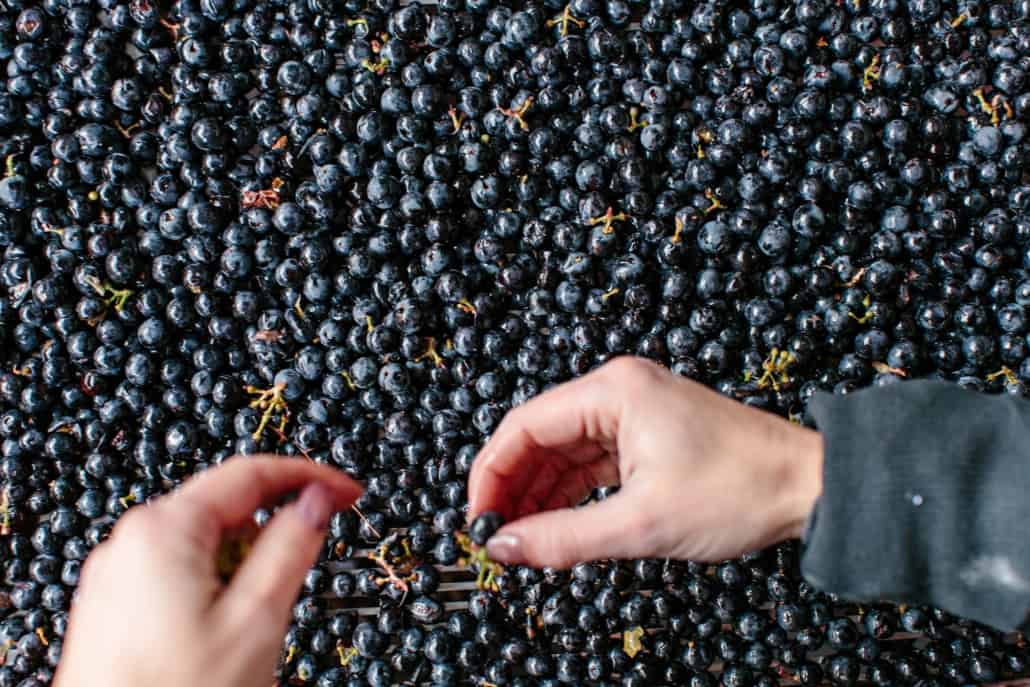
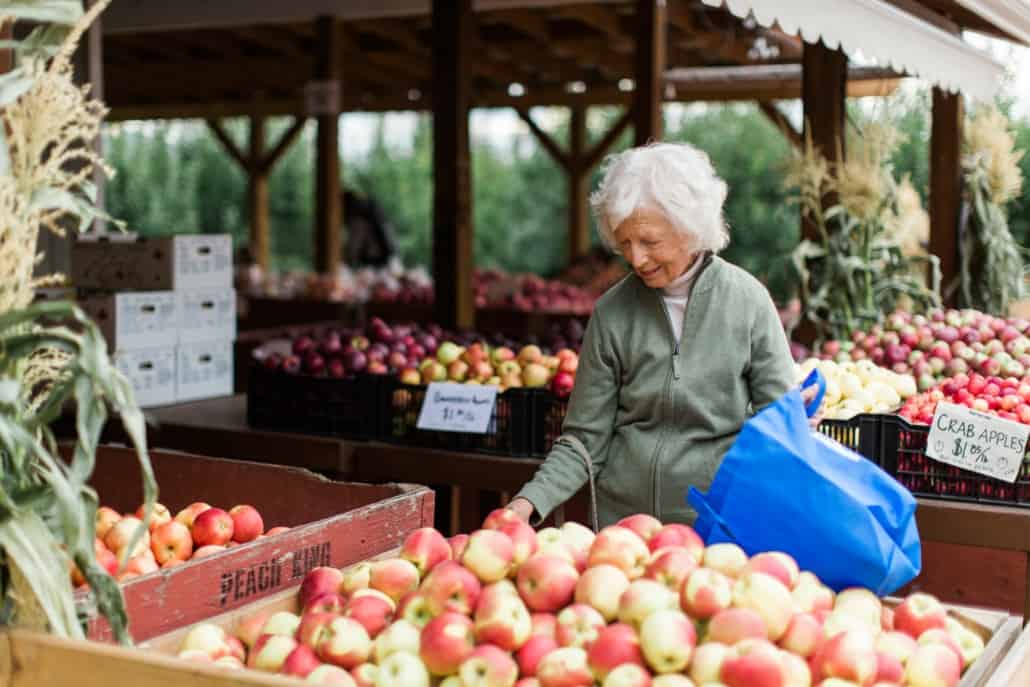
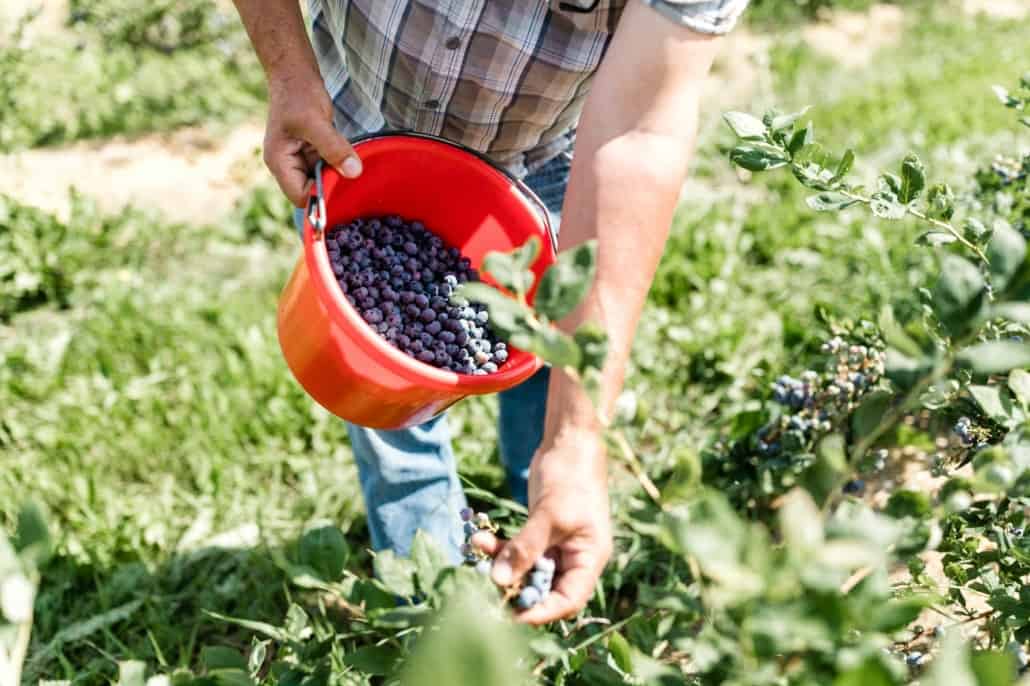
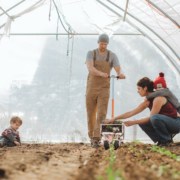
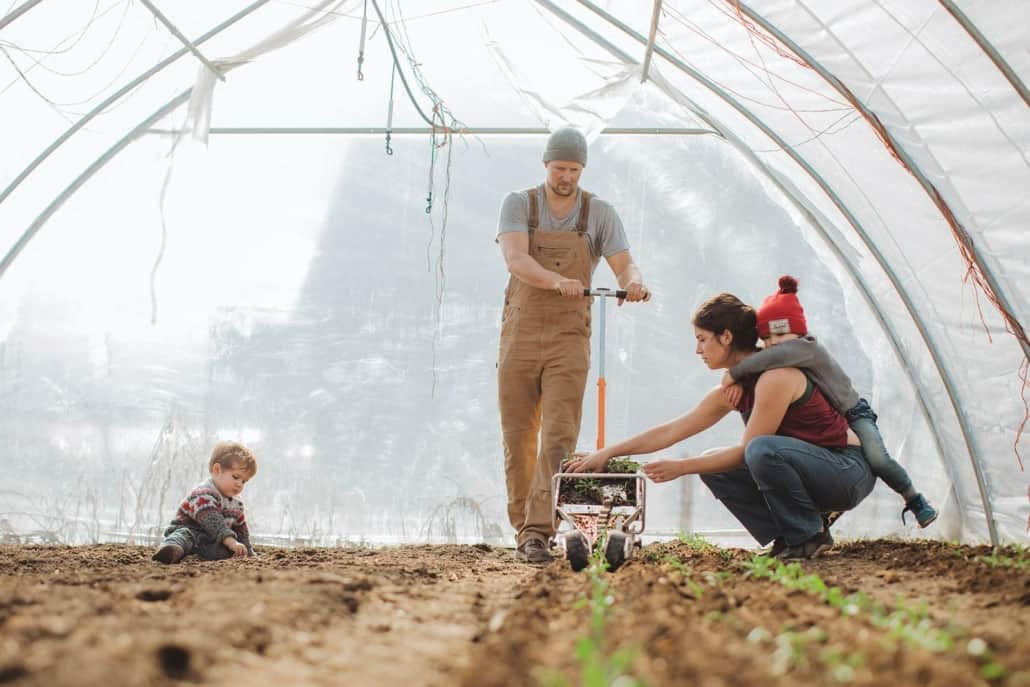
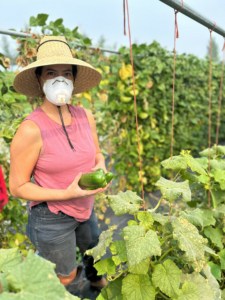
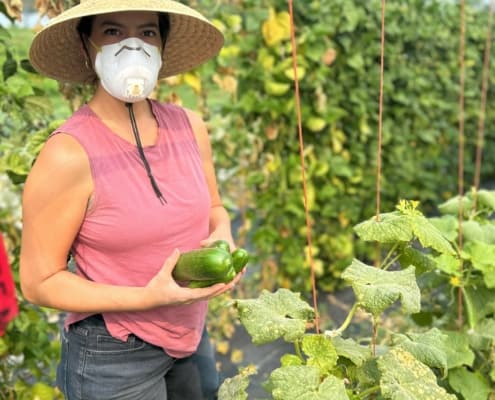
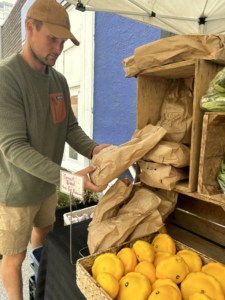
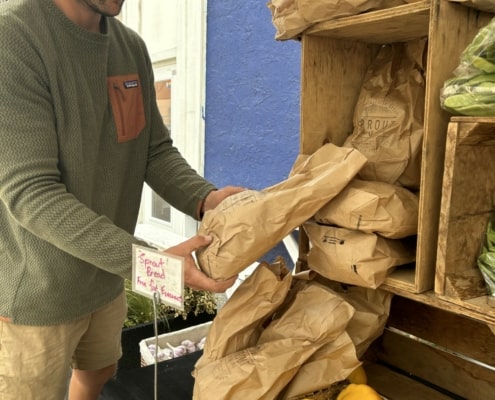
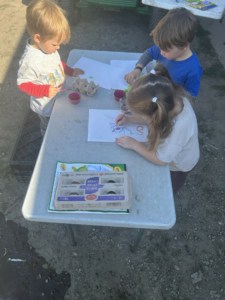
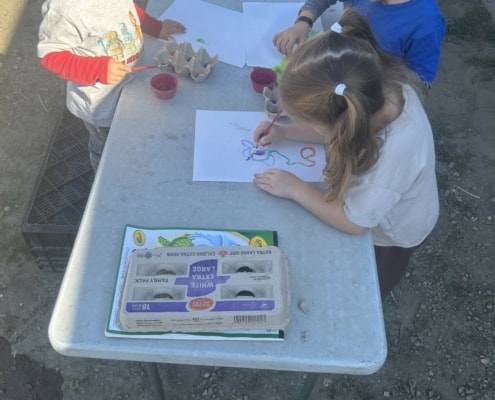


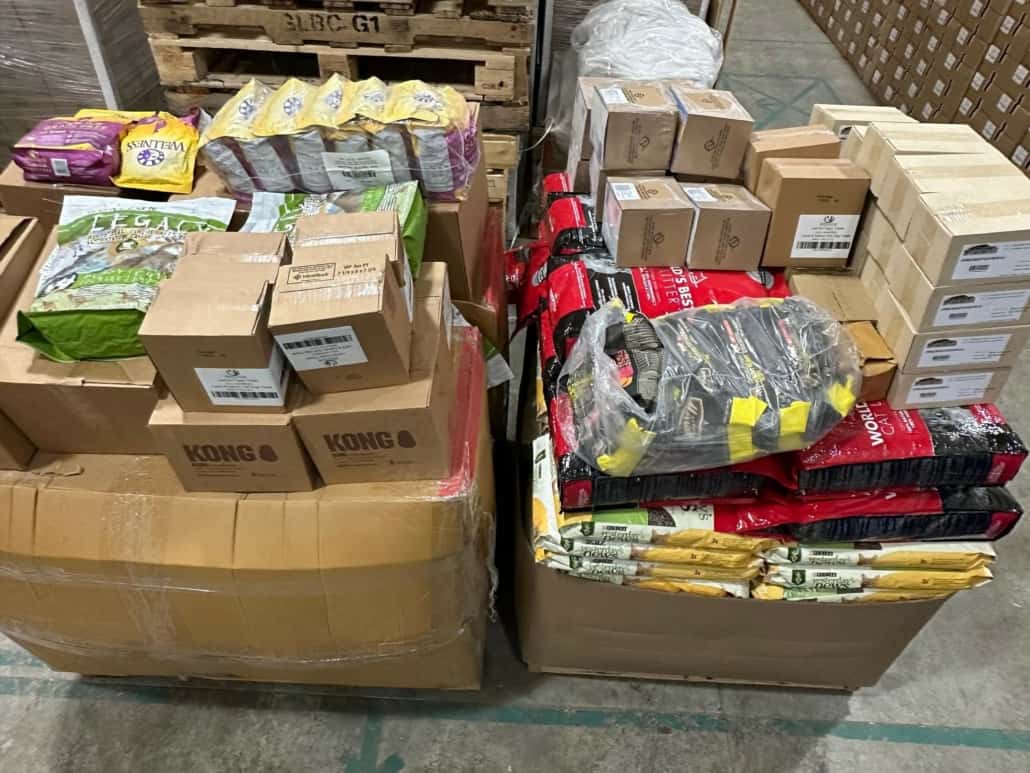
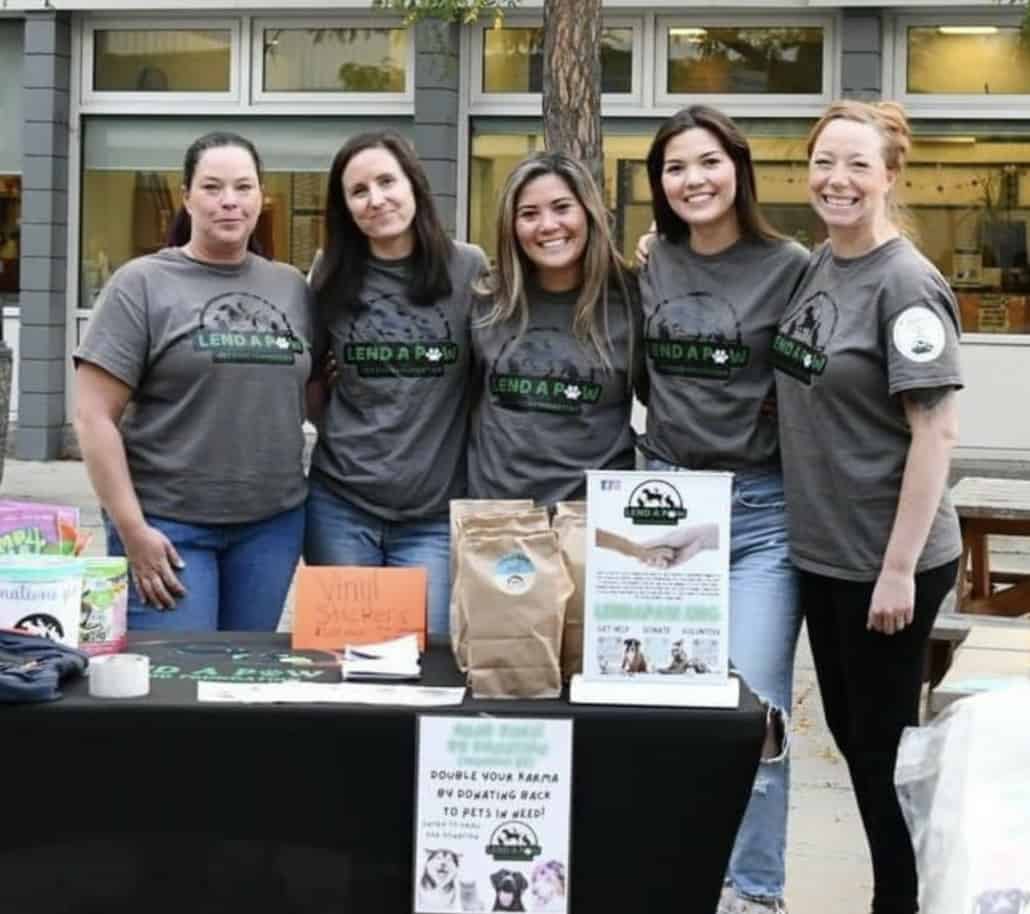


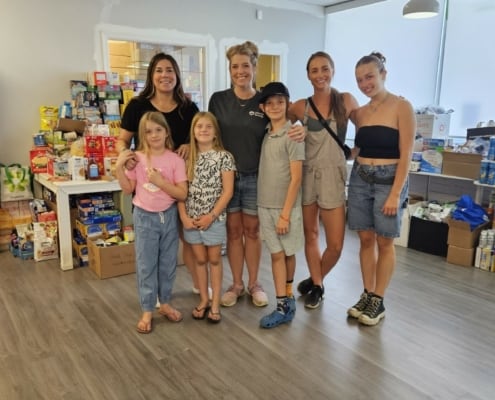

 By Lisa Kadane – Lisa Kadane is a travel and lifestyle journalist. She lives in Kelowna, BC with her husband, two kids and Brittany spaniel. She writes about everything from heli-skiing to travelling with her son, who has autism, in publications including AFAR, Best Health, Dreamscapes, The Toronto Star, Today’s Parent, Vacations magazine and Postmedia newspapers.
By Lisa Kadane – Lisa Kadane is a travel and lifestyle journalist. She lives in Kelowna, BC with her husband, two kids and Brittany spaniel. She writes about everything from heli-skiing to travelling with her son, who has autism, in publications including AFAR, Best Health, Dreamscapes, The Toronto Star, Today’s Parent, Vacations magazine and Postmedia newspapers.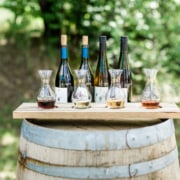
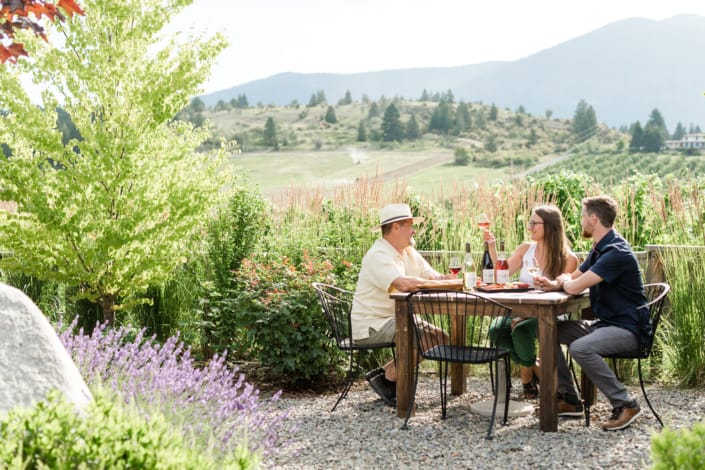
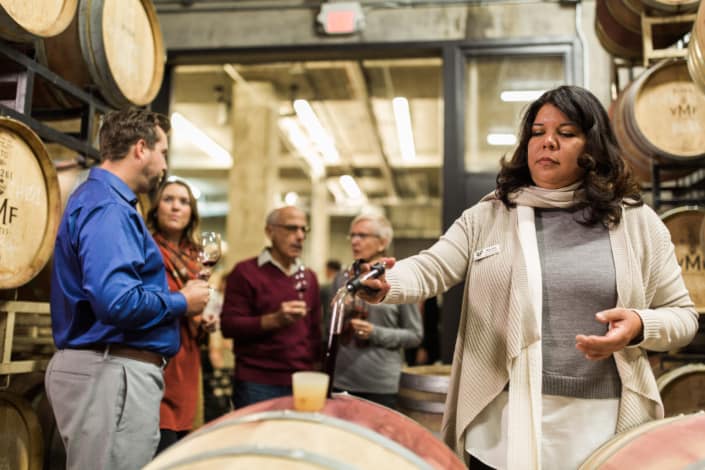
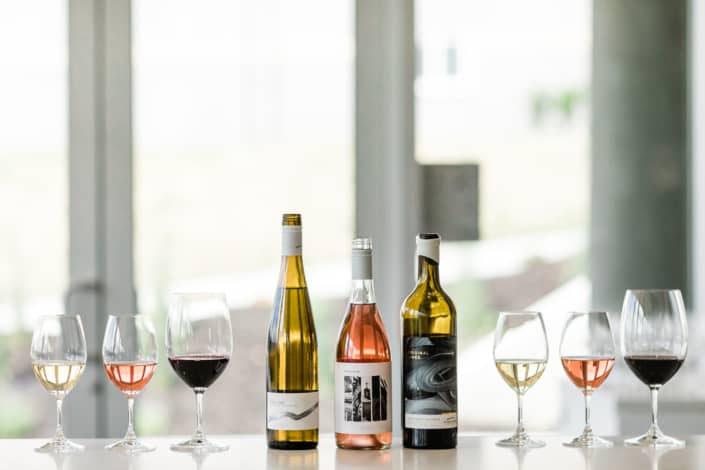
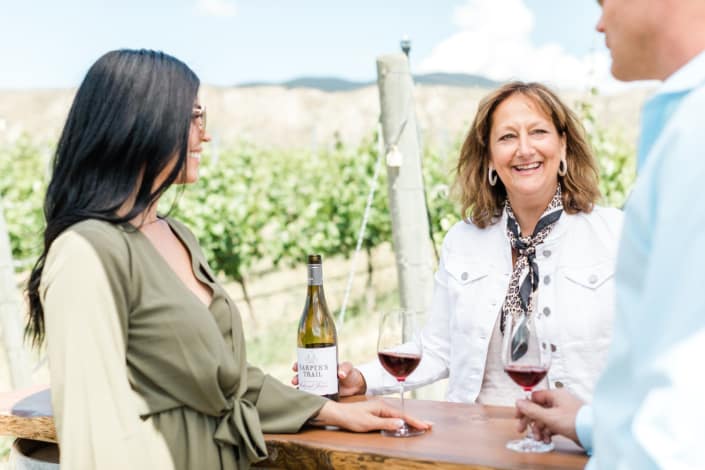

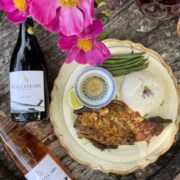
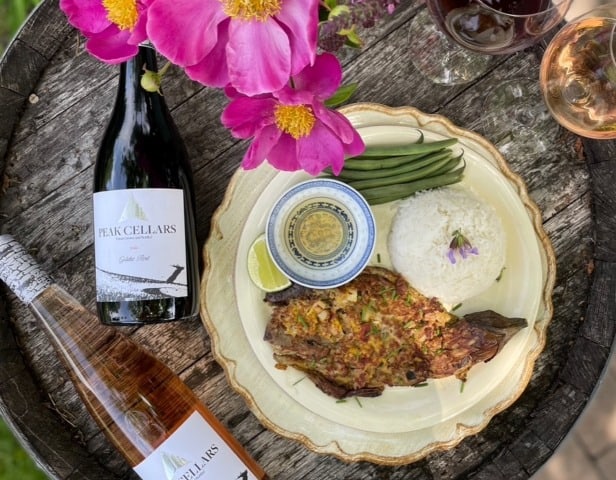
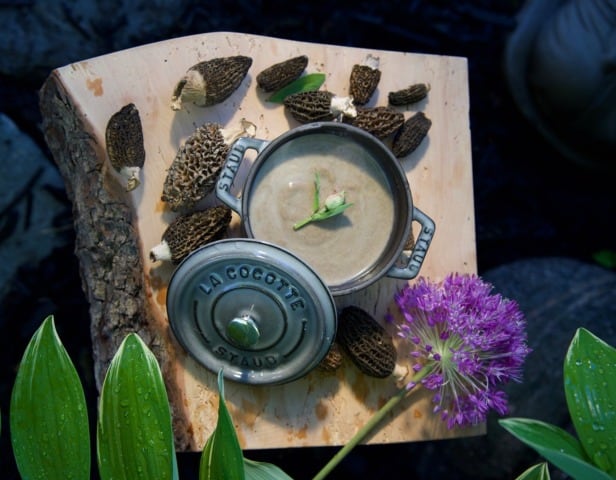
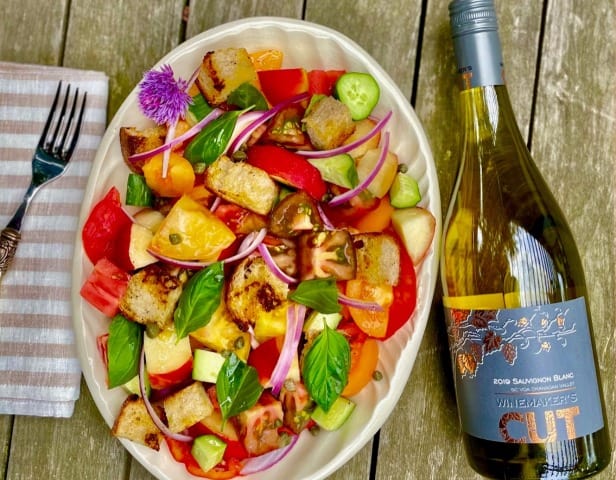
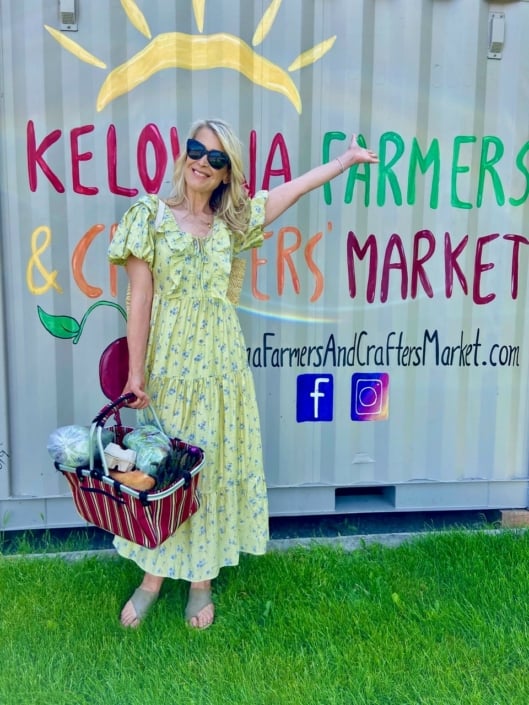
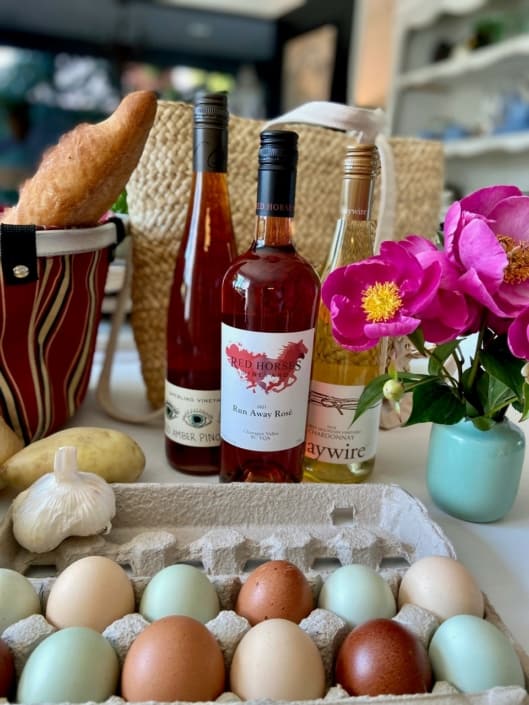
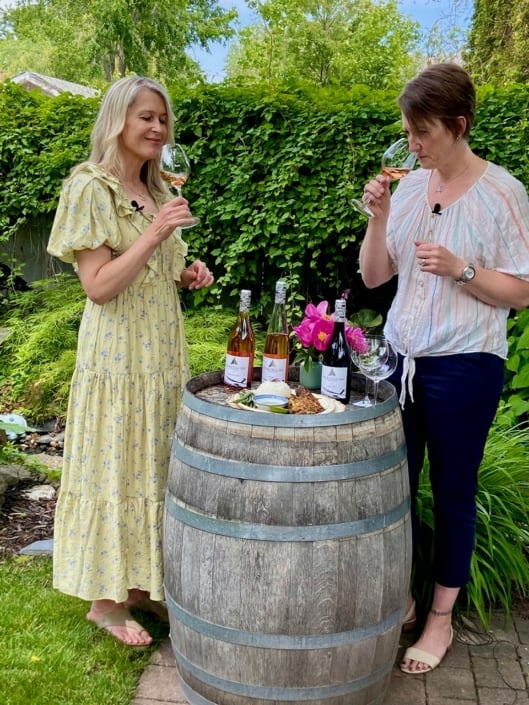
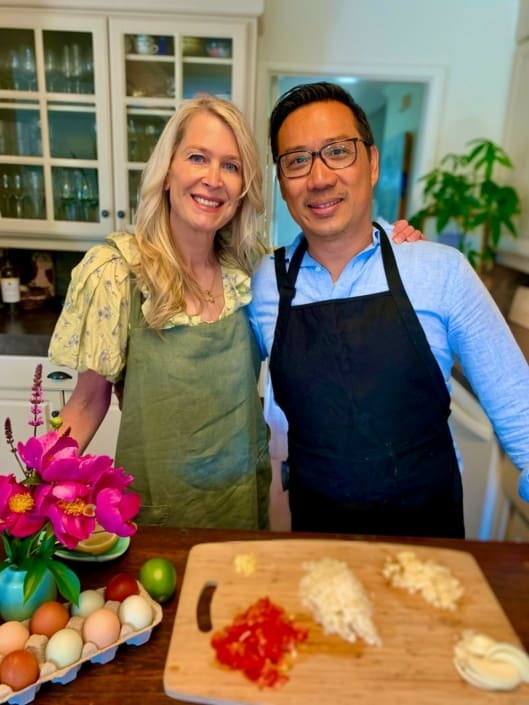

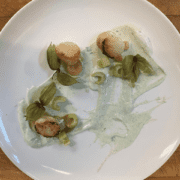
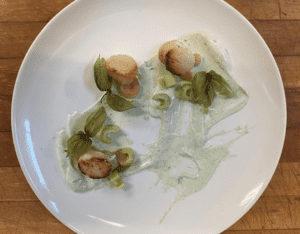
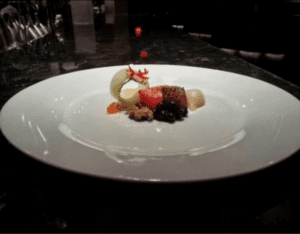
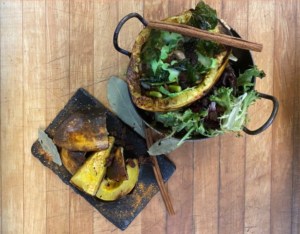

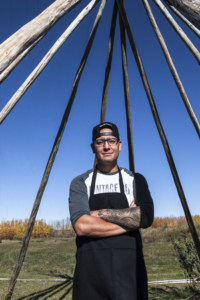

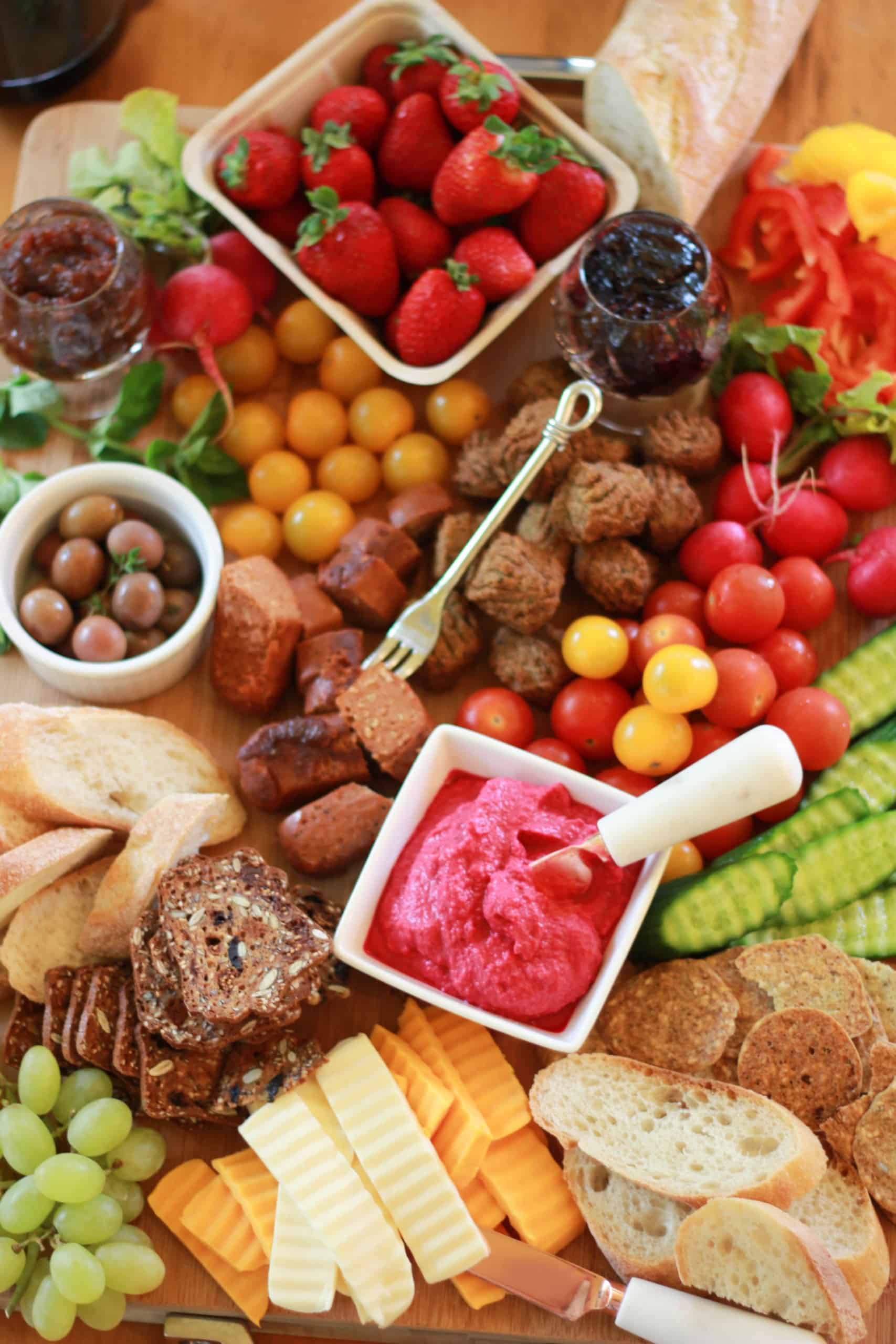

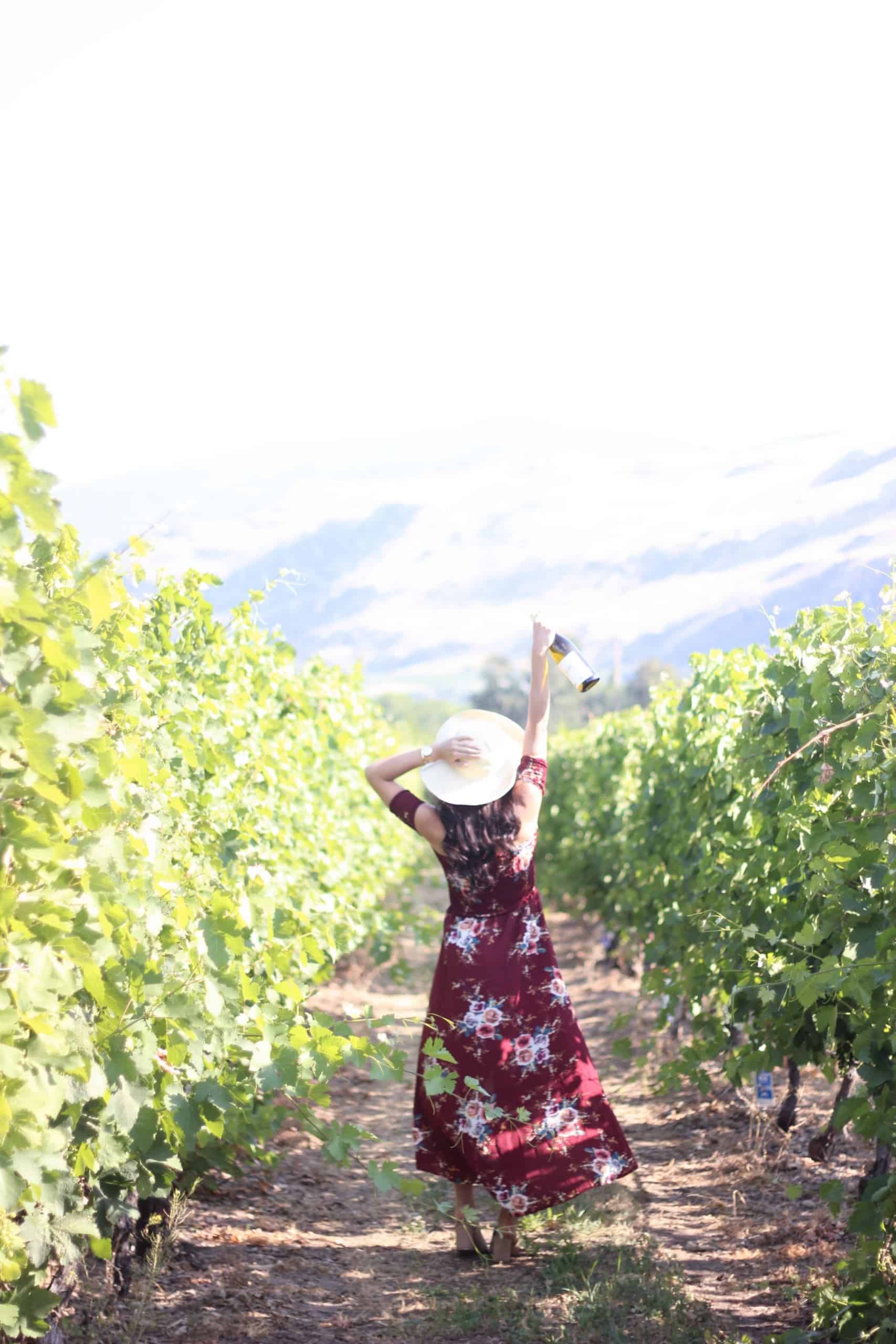


 Krystin Tysire– a fashion marketing grad, has a penchant for social media and an eye for spotting trends. As such, she’s been blogging for several years at
Krystin Tysire– a fashion marketing grad, has a penchant for social media and an eye for spotting trends. As such, she’s been blogging for several years at 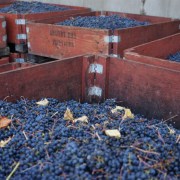
 Laura Milnes is an Okanagan based WSET certified wine writer and consultant. You can find Laura hosting wine related pop up events, and consulting with wineries throughout British Columbia with a focus on education and training. To learn more about her work, check out her Instagram page
Laura Milnes is an Okanagan based WSET certified wine writer and consultant. You can find Laura hosting wine related pop up events, and consulting with wineries throughout British Columbia with a focus on education and training. To learn more about her work, check out her Instagram page 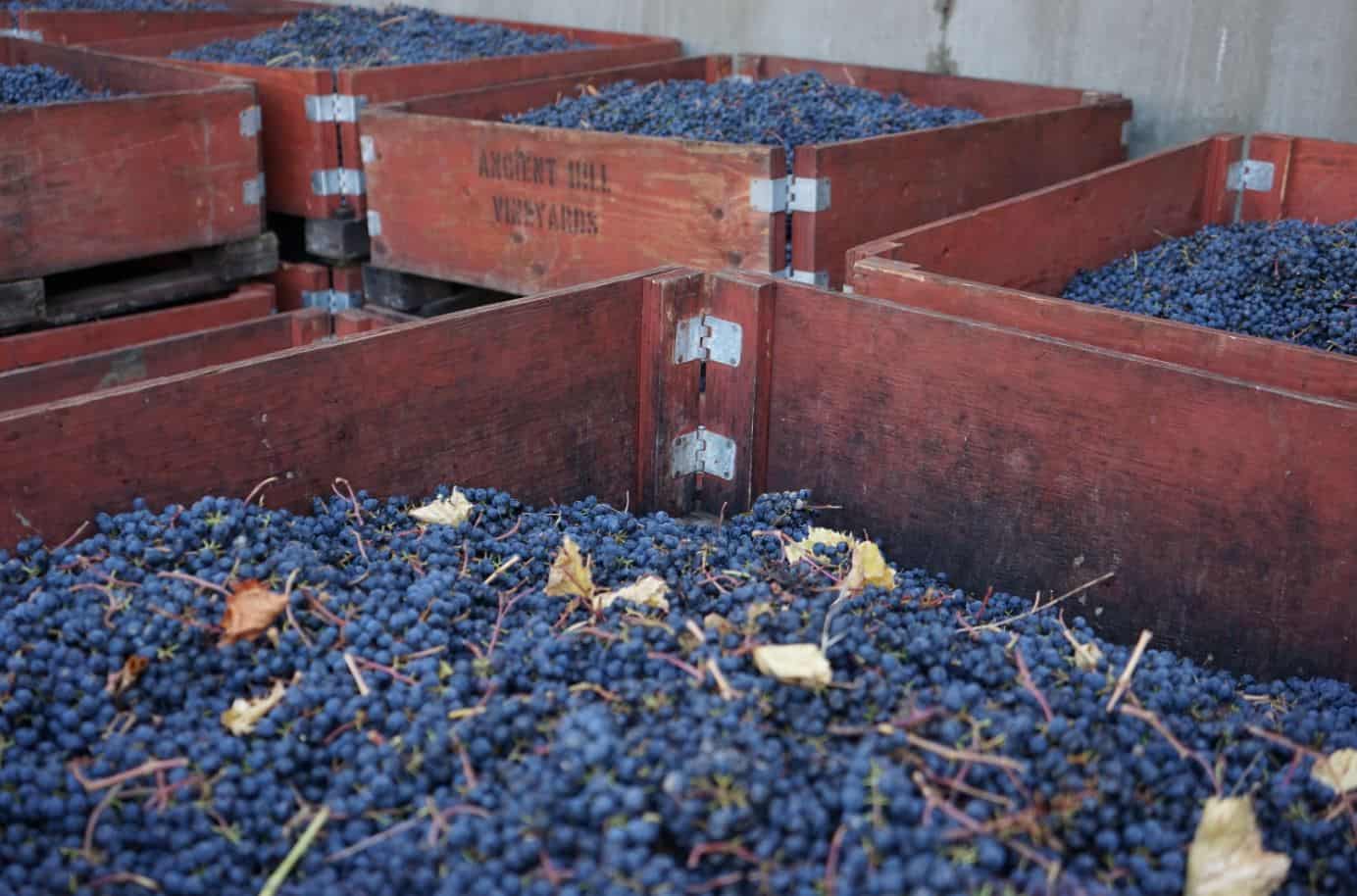
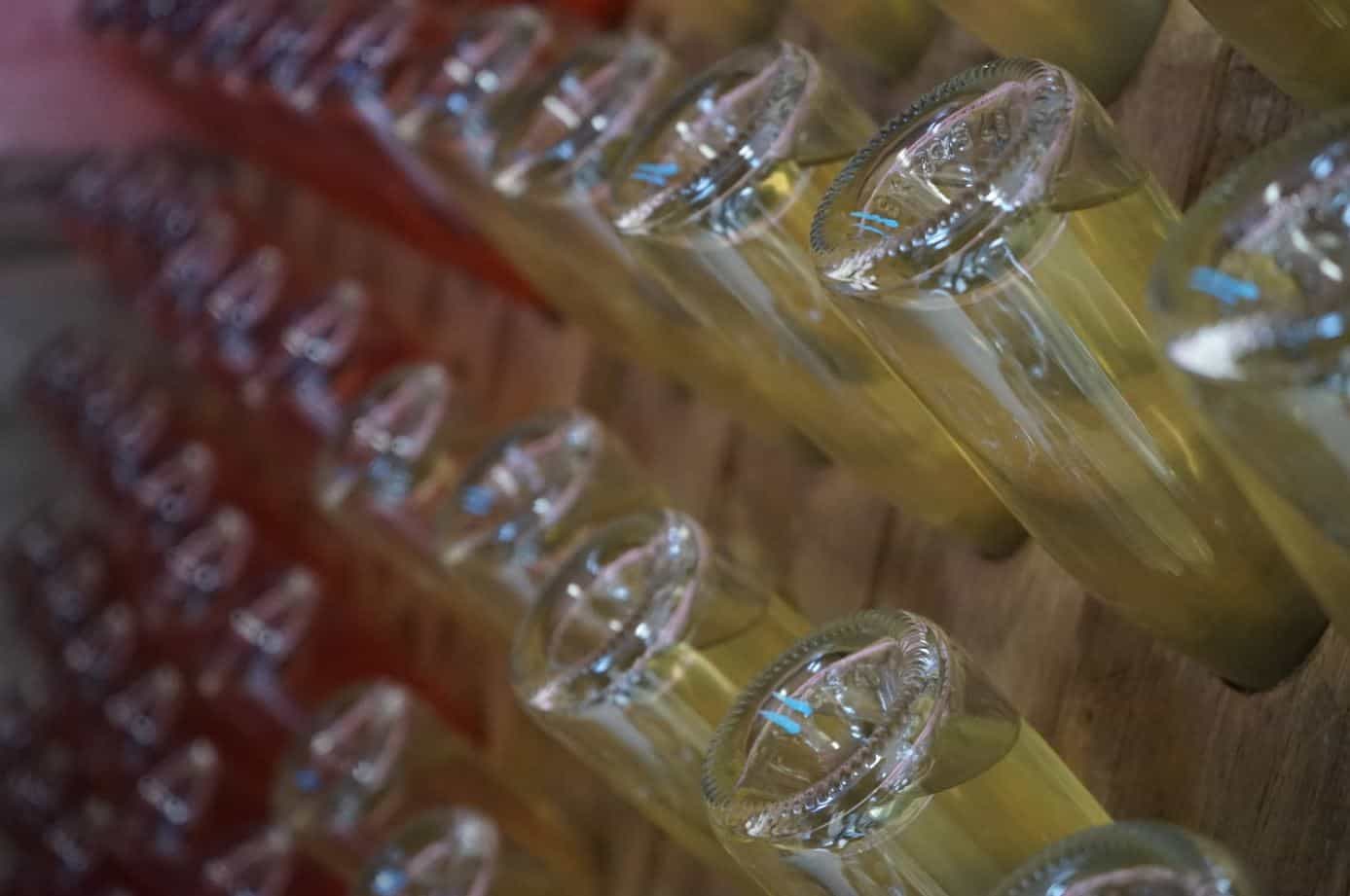
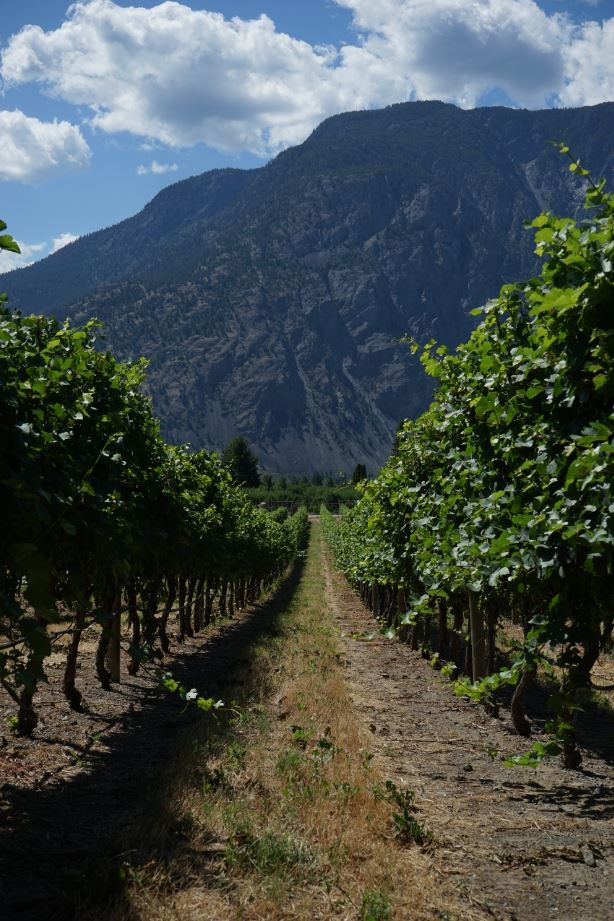
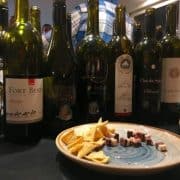
 By Nikki Bayley
By Nikki Bayley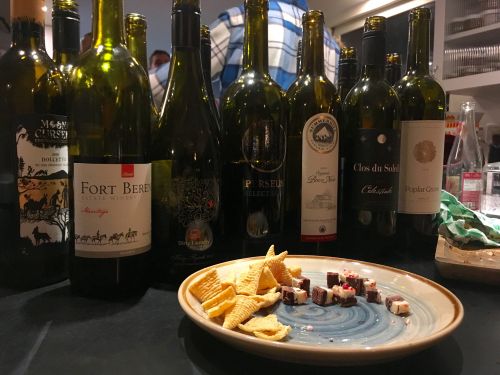
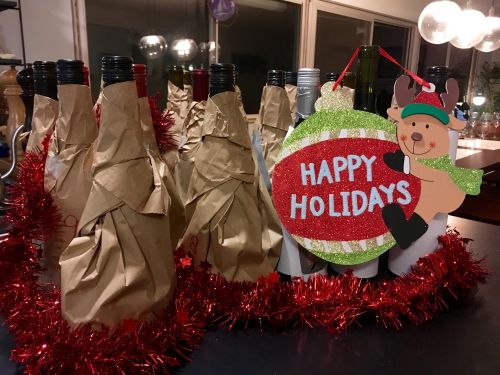
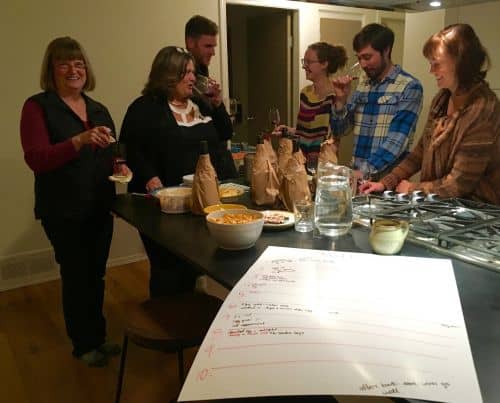
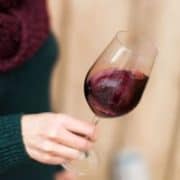

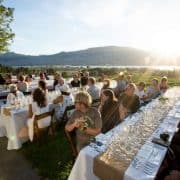
 Mijune Pak (Emcee and Judge) – Born and raised in Vancouver, Mijune is an international food personality and creator of
Mijune Pak (Emcee and Judge) – Born and raised in Vancouver, Mijune is an international food personality and creator of 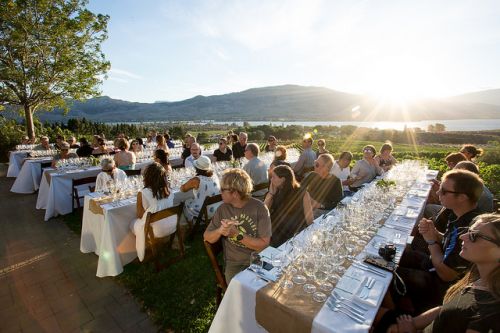

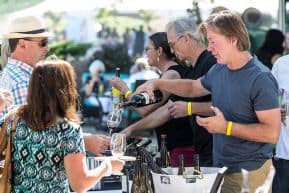
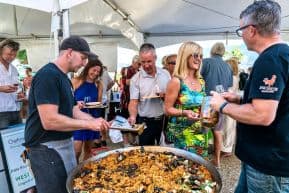

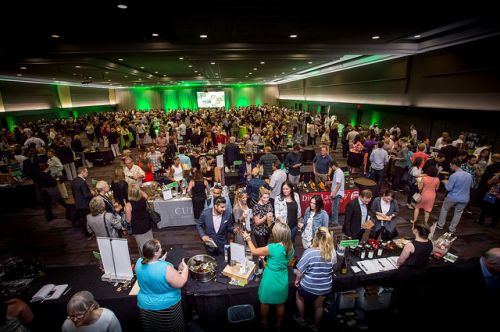


 By
By 

